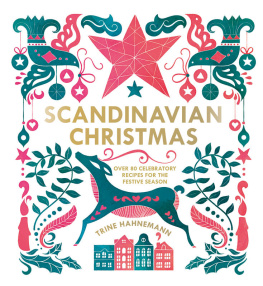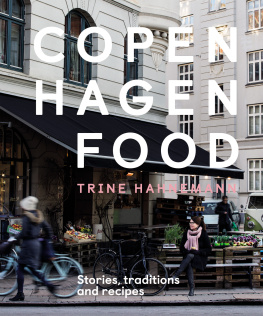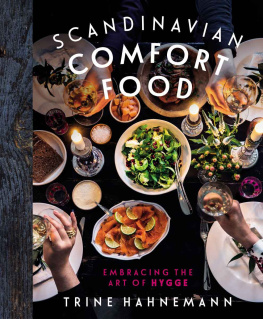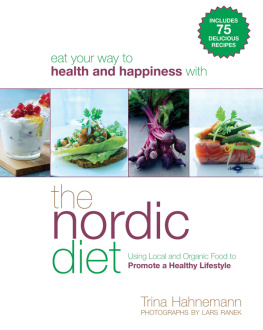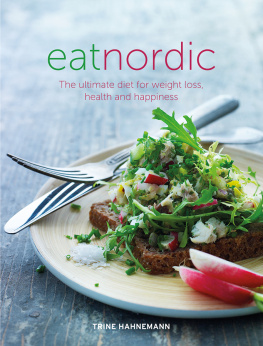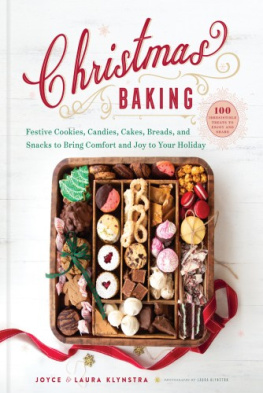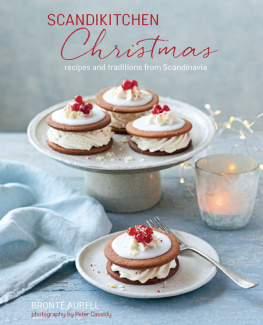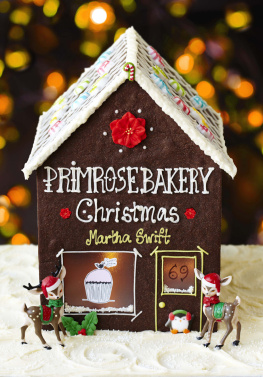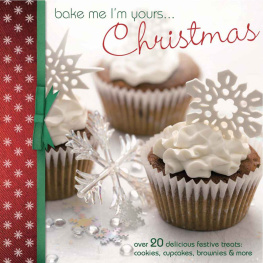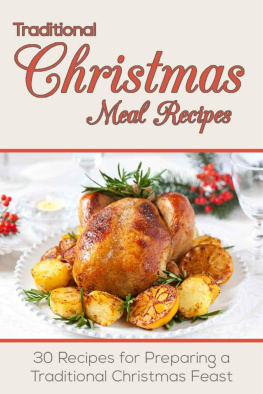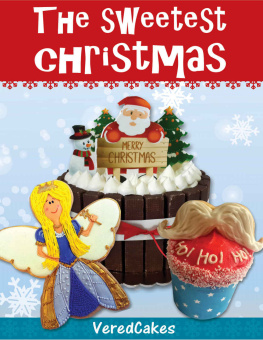Christmas is my favourite time of year. I thrive in the winter months. I love the cold, the blue winter sky and, especially, the magical atmosphere when the world goes quiet, covered in snow. I go a little crazy at Christmas; without a doubt my family would agree about that. The celebrations start on 1 December when I get out my Christmas decorations. I become pathetically happy when I unwrap all the little glass balls, my antique nisser (elves), the ribbons, candles, stars, and most of all my little porcelain snowman.
It is hard to explain the sheer happiness I feel when I am reunited with these small, ridiculous and to some extent useless items. After I have decorated the whole house I feel, for a short while, that everything is perfect. I put in a lot of work to make Christmas great, I admit that, and I often take my vacation in December so I have time to do it all and enjoy it, too. But please dont feel under any pressure to do the same. Its completely missing the point of Christmas to be totally stressed out! Select just those things from this book that you would like to cook, and have fun. Christmas is about celebrating life and hygge, a Danish term that is almost untranslateable, but encompasses comfort, camaraderie, and good food and drink.
So create your own celebrations on your own terms. In this book I have opened up a window into my Christmas. It is fairly traditional, though with some new twists and turns, but also very emotional, because the season tends to heighten and amplify life itself. I hope you will enjoy my recipes and ideas, and remember that a lot of them can be useful all through the winter months. Velbekommen! Trine Hahnemann
Christmas in Scandinavia is all about baking. My recipes are a mixture of family treasures and my own creations, but they are all founded in Scandinavian Christmas tradition, with little adjustments that Ive made here and there.
I learned how to do the Christmas baking when I was very young... I think I was trying to create a sense of the festive traditions in a childhood dominated by left-wing activism, where Christmas was taboo! However, my grandparents celebrated Christmas in a wonderful way; my grandmother baked everything and I learned from her. (Later, my mother did a complete turn back to celebrating Christmas.) The reason why you have to bake so many different things is that you need enough to last for the whole of December. You cant run out of cakes or, especially, cookies... and you should have at least three or four kinds ready, stored in your kitchen, for family, friends and unexpected visitors. The recipes here are for special occasions, for Advent Sunday parties, for presents, or just for nibbling when you get in from work on a cold evening.
Have fun with the baking, it doesnt have to be stressful and the finished product doesnt need to look perfect. Just get people together and have fun! 
Makes about 22 Legend has it that, on 13 December 1764, a gentleman in Sweden was woken in the middle of the night by a beautiful voice. He saw a young woman in white, singing and dancing through his room. She had wings and was carrying a candle. It was Saint Lucia. She brought light, food and wine for comfort on what was, in the Gregorian calendar, the longest night of the year.
We celebrate this fabled event every 13 December. Girls dress up in long white dresses and walk carrying lit candles, singing the beautiful Lucia carol. Its one of the favourite Christmas traditions and makes everyone well up! Somehow it makes you grateful for life. YOU WILL NEED 40g fresh yeast (or 15g dried yeast if you really have to! We dont use dried yeast in Scandinavia) 500ml lukewarm whole milk tsp saffron 200g salted butter, melted 1kg plain flour, plus more to dust 1 tsp salt 100g caster sugar 75g raisins, plus more to decorate 1 egg, beaten Dissolve the yeast in the warm milk in a mixing bowl, then add the saffron and stir until the mixture turns yellow. Add the melted butter. In a separate mixing bowl, sift together the flour and salt, then stir in the sugar and raisins.
Pour the yeast mixture into the dry ingredients and stir until the dough comes cleanly from the edge of the bowl. Knead the dough on a floured work surface for 10 minutes, until it is shiny but not sticky. Return it to the bowl, cover with a clean tea towel and leave to rise for 1 hours at room temperature. Lightly knead the dough again on a floured work surface. Divide it into about 22 equal pieces. Roll them into sausages, then form them into different shapes, as seen in the photograph, curling up the ends.
Stud each with a few raisins. Place the breads on baking trays lined with baking parchment, cover with clean tea towels and leave to rise again for 30 minutes. Preheat the oven to 180C/350F/gas mark 4. Brush the risen breads with the beaten egg and bake for 2025 minutes, or until golden brown all over, then leave to cool on a wire rack. Eat them as they are, or spread with chilled butter. Makes 2 loaves
In Scandinavia, December is the time for white, glossy, heavy bread, unlike the rye bread we favour for the rest of the year...
Christmas is not the time for health food! This lovely loaf is best eaten the day it is baked, though after that it makes great toast. YOU WILL NEED 50g fresh yeast (or 19g dried yeast if you really have to!) 250ml lukewarm whole milk 100g salted butter, softened, cut into small pieces 2 eggs, lightly beaten, plus 1 more to brush 700g plain flour, sifted, plus more to dust 100g golden caster sugar tsp salt 1 tbsp cardamom seeds, crushed in a mortar and pestle 100g raisins 50g blanched almonds, chopped, plus more to sprinkle Dissolve the yeast in the warm milk in a large mixing bowl, then add the butter and eggs. In a separate bowl, mix the flour, sugar, salt and cardamom. Mix this into the yeast mixture with the raisins and almonds. Now knead the dough on a floured surface for five minutes. Cover the bowl with a clean tea towel and leave to rise in a warm place for one hour, or until the dough has doubled in size.

